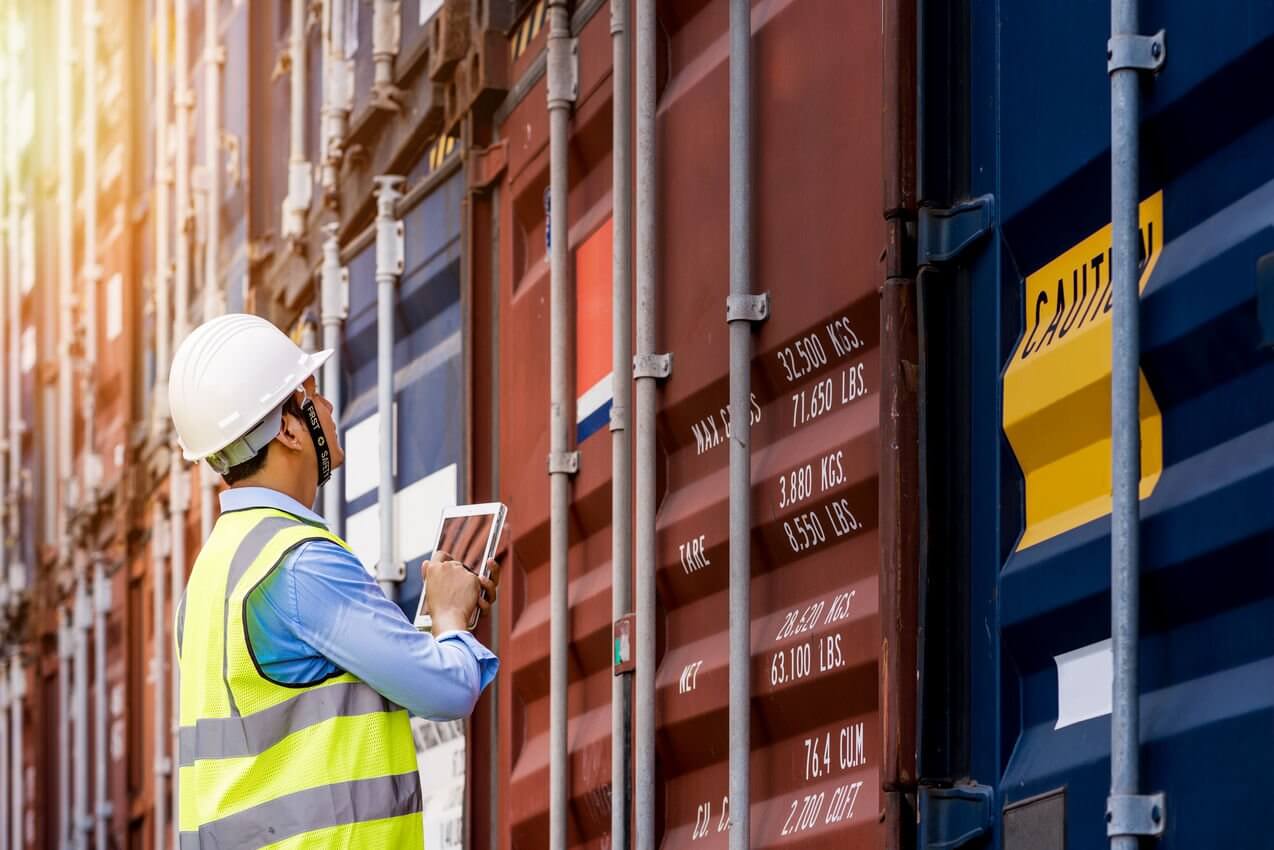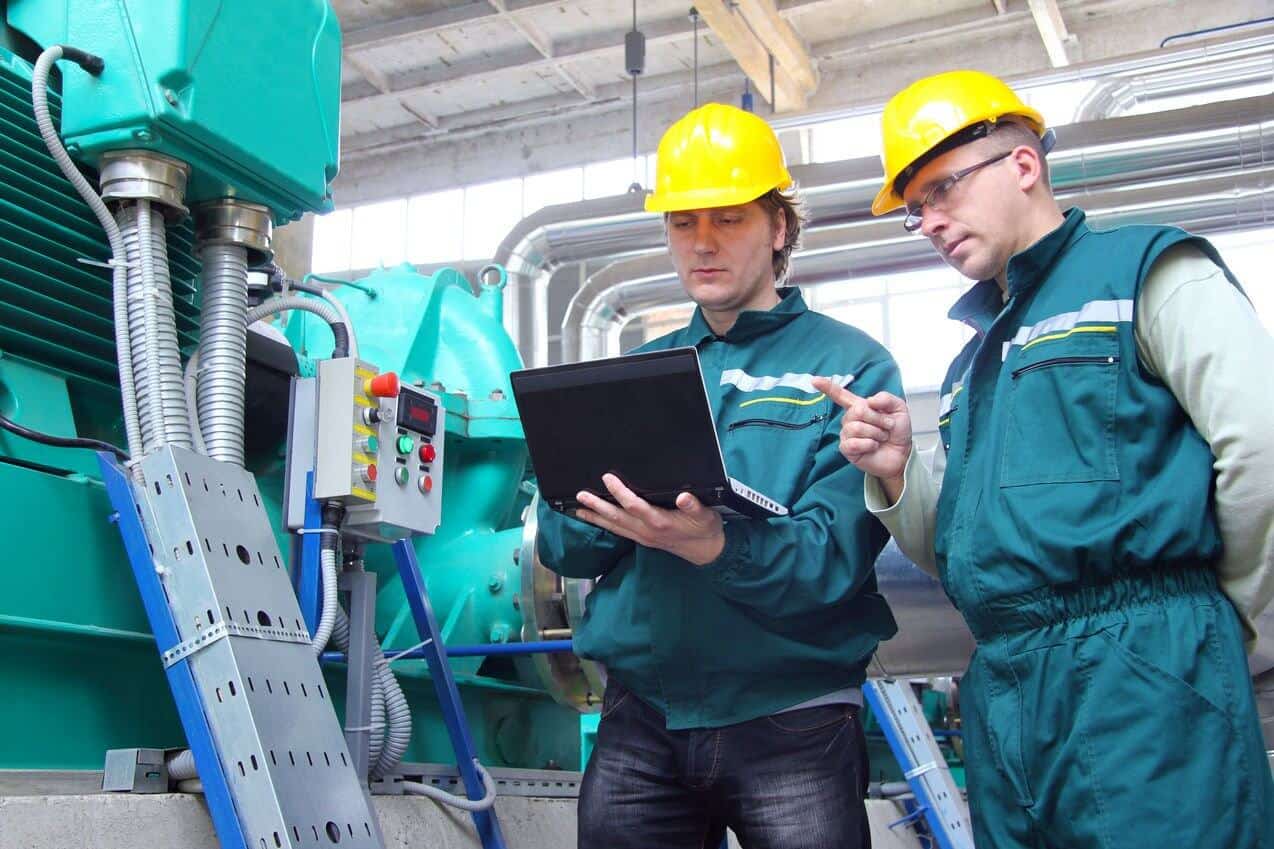Even though industry veterans may use the terms interchangeably, safety inspections and safety audits are two very different functions with a similar goal: keeping workers safe. Here’s the biggest difference between these two safety processes:
- Safety inspections look for risky behaviors and hazards that might lead to accidents.
- Safety audits look at programs and processes to ensure they meet a company’s safety goals.
As a general rule, inspections are about people, places, and things. Audits are about operations, processes, and programs. The relationship between the two only goes in one direction. You can audit your safety inspection program, but you can’t inspect your safety audits.
In this blog, we’ll discuss how safety audits and inspections differ and how they both reinforce a safe working environment.
What is a safety inspection?

A safety inspection is a thorough, systematic, and documented procedure identifying potential hazards and practices in the working environment. There are many types of safety inspections, but all of them try to uncover and correct unsafe conditions. Sometimes they are carried out by a safety expert or EHS (environmental health and safety) professional, and other times they are simple enough to be handled by a non-specialist.
A safety inspection examines all the equipment involved in getting the job done at a worksite, including PPE (personal protective equipment). The goal is to ascertain whether the equipment’s safeguards effectively prevent accidents or injuries. Safety inspections also examine workplace behavior to determine whether any practices are unsafe. Sometimes a safety issue might arise from both areas, like when a worker isn’t wearing PPE because there isn’t any available.
Formal and frequent safety inspections are commonplace in virtually every industry. They ensure compliance with regulatory agencies like OSHA, keep your workforce safe from injury, and are a significant part of mitigating risk. Most importantly, safety inspections contribute to good record-keeping, which can make a difference in root cause analysis, incident reporting, and even contract acquisition.
What is a safety audit?
On the other hand, a safety audit measures the effectiveness of a company’s safety processes. It also analyzes the efficacy of training programs, safety systems, and reporting processes within the organization. Safety audits typically aren’t conducted as often as inspections, which is why companies without a dedicated EHS or safety specialist might hire out a third-party consultant to handle an annual or bi-annual audit.
The safety auditor or auditing team initially takes a fact-finding approach, meaning they avoid forming an opinion or making evaluative comments. The auditors are ideally experts in both company programs and the applicable regulations. There are three fundamental questions a safety audit should answer:
- Does the program meet all regulatory requirements and industry best practices?
- Is there formally documented proof of compliance?
- Does employee training produce the correct behavior?
Depending on the scope of the audit, an audit can take anywhere from a few hours to several weeks. After the fact-finding phase is complete, the audit undergoes a review process. During the review, the three fundamental questions are compared against the facts. Deficiencies are noted and evaluated, and the auditing team makes remediation recommendations.
Corrective actions are up to the individual managers and supervisors who control the safety program, so it’s essential to publish the audit’s results. Distributing the audit’s findings ensures everyone understands the necessary corrections, and it also underscores the collective responsibility all employees have for instilling a positive safety culture. A company that buries their safety audits or inspections is one that is merely waiting for an OSHA citation.
Safety inspection and audit best practices

Safety audits:
Conducting just one safety audit each year can have the unintended consequence of turning safety compliance into a recurring goal accomplished only once annually. As the day of the annual audit approaches, a ramping-up atmosphere might be created by managers and supervisors who are overzealous in their desire to meet the annual goal—but are lax the rest of the year. Safety should always be a constant mandate driven by management and accomplished through consistent reinforcement.
The best approach is to schedule safety audits throughout the year on an eleven-month timescale, reserving the last month for a more comprehensive safety audit. Remember that safety audits are not the same as safety inspections, and they each achieve distinct (though similar) goals. Take the time and resources to perform a proper safety audit, and you’ll find that your safety inspections will improve accordingly.
Safety inspections:
Safety inspections should always be performed by someone familiar with the working environment and the sort of work performed in it. They should also be trained in safety best practices and be knowledgeable about local, state, and federal safety regulations. Because safety inspections play such a vital role in reducing risk, they must be formalized and documented.
“Kicking tires” is not sufficient; you need to create consistent forms that safety inspectors fill out to the letter. Maintaining up-to-date safety records is more important in some industries than others, but you must have accountability and traceability no matter your company’s sector. When something goes wrong, your records provide relief from liability and can prove to regulators that you showed due diligence. This not only helps you avoid predatory litigation but also allows you to determine the root cause of an incident by eliminating safety protocols as a variable.
How FORM can help
Safety is an integral part of any industry, and FORM.com specializes in making everyday safety audits and inspections faster, easier, and more accurate. We work with you to create a custom forms automation solution that fits your unique process perfectly. Get in touch with a solutions expert today to learn how Form.com can help your organization maintain workplace safety and regulatory compliance.





